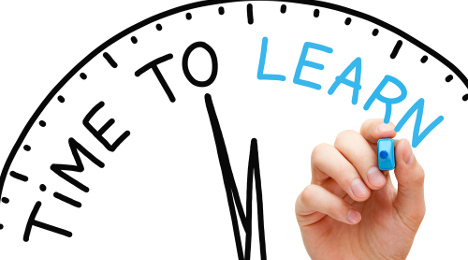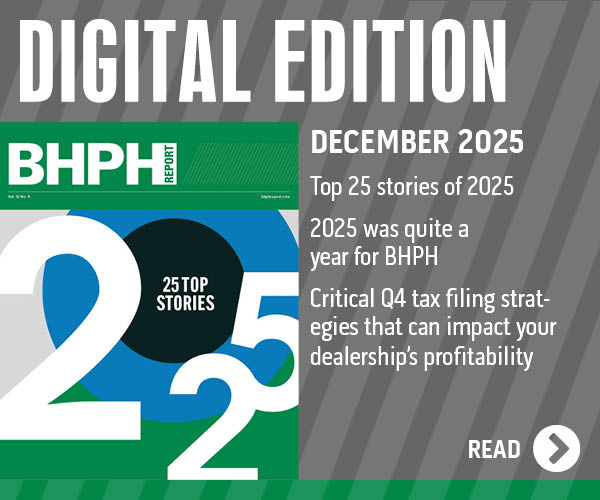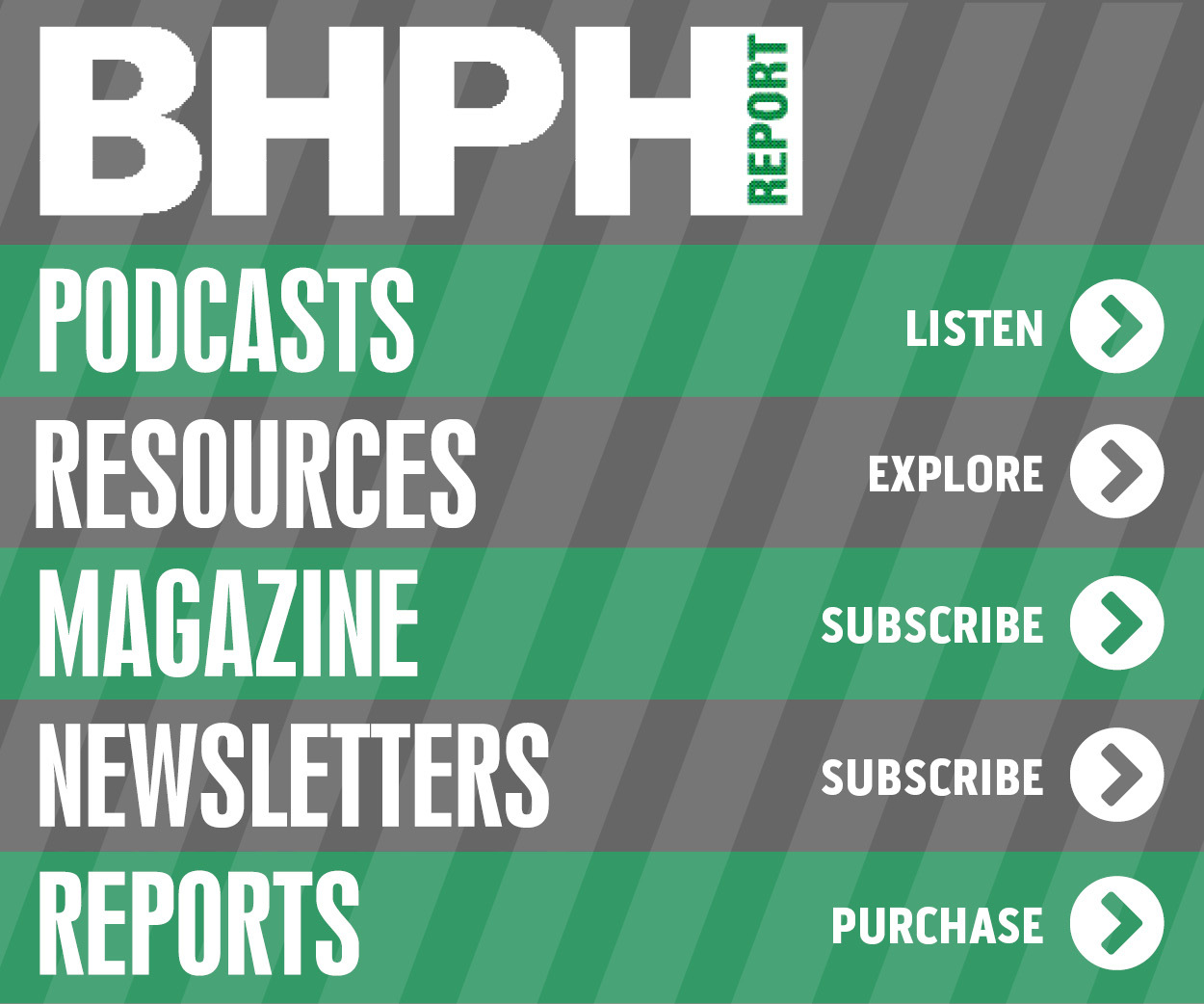A Comparison: Newsletters Versus Social Media

By subscribing, you agree to receive communications from Auto Remarketing and our partners in accordance with our Privacy Policy. We may share your information with select partners and sponsors who may contact you about their products and services. You may unsubscribe at any time.
LAS VEGAS –
If you have struggled to earn a positive return on investment or even calculate an ROI using social media, you are not alone. You can’t deposit likes, shares and followers into the bank.
We have crafted and sent tens of thousands of printed newsletters on behalf of buy-here, pay-here dealers. We will now share a comparative analysis of printed newsletters versus social media.
Attention
Newsletter: You are more likely to have the undivided attention of the reader. Your customer may read it while having their morning cup of coffee or while sitting in the break room at work. In addition, the real mailbox is empty most days so your newsletter will likely be the only thing in the box.
Social media: Your customers are one click away from pictures of their friend’s new baby, the latest government scandal story, or protests around the country.
Emotional Connection
Subscribe to Auto Remarketing to stay informed and stay ahead.
By subscribing, you agree to receive communications from Auto Remarketing and our partners in accordance with our Privacy Policy. We may share your information with select partners and sponsors who may contact you about their products and services. You may unsubscribe at any time.
Newsletter: When done correctly, your newsletter is something that your customers will anxiously await. A study by Epsilon revealed that 62 percent of all consumers say that they enjoy checking their mailboxes for mail. Many people like receiving mail in their real mailbox but not the digital one. If you doubt that, try sending a Facebook birthday wish to Grandma or an eCard and see if her reaction is the same as when she goes to the mailbox and pulls a physical card from her mailbox.
Social media: Quick click with no connection. There is probably more social media babble about this topic than any other. Engage your customers and connect on a deeper level, they say. I agree, however, social media only goes so far. Engagement levels are so low on Facebook, you actually have to pay to “boost” your communication to get your information in front of the eyeballs of your “fans,” only to have them glance over it for 15 seconds.
Arrival
Newsletter: Arrives in a way that is not intrusive or viewed as a nuisance. There may be zero to two items in the mailbox, so your newsletter is not intruding into space that customers don’t want invaded — such as an email inbox with 100 emails or Facebook pages with 100 posts, pics, and videos.
Social media: Your customers are busy. To save time they may check the box and delete as fast as they can to clear out their inbox and newsfeed. It takes seconds for someone to delete 20 items. Will your communication make the cut?
Referrals
Newsletter: Easy to cut out referral tickets will be in the hand of your customer every month when you add them to your newsletter. These referral tickets may be saved in their pocket, wallet/ purse, on the console of their vehicle, or on the counter. Your referral tickets can end up in someone else’s hand, pocket, etc., helping you to avoid the digital problem of easy deletion.
Social media: Nobody truly wants to send someone to your Facebook page unless it is something hilarious. Even if your customer shares a referral link, you still have the problem of hoping it gets noticed in all of the digital media clutter.
Interaction
Newsletter: True interaction can take place with your printed newsletter as soon as your customer opens it, handles it and reads it in different parts of their home or work. Communication gets more in-depth as they work puzzles, answer trivia questions and more.
Social media: Your interaction is limited by one 10-second comment. When you are lucky enough to have one of your customers interact with you using social media, how long will it really last?
Emotional Brand Attachment
Newsletter: They are taken into your customer’s personal space such as a kitchen table, etc. This creates an emotional brand attachment. Your customer may be all alone with your newsletter in their hand.
Social media: Takes place while your customer is doing three other things at the same time, i.e. texting, watching television, driving.
Stickiness
Newsletter: Your newsletter may lie on the counter for several days for others to see or for your customer to review again. It maintains a much longer shelf-life than a Facebook post that disappears after 10 minutes whether your customer has seen it or not.
Social media: The average person on Facebook has approximately 150 friends. How likely is your post, tweet, tag, etc. going to be in front of your customer — or anyone else for that matter?
No Spy Zone
Newsletters: It is like advertising in a vacuum — competitors have no idea what you are doing.
Social media: Everyone can spy and copy you. Competitors also have access to your customers.
Keep Unhappy Customer Comments Private
Newsletters: Your interactions are private. This is good when you have that unhappy customer that wants to go on a rant. Your newsletter should provide a link to a private place for customers to vent frustrations. All of our newsletter clients are using our Feedback System which makes it easy to accomplish this important task.
Social media: Interactions are public.
Branding That Matters – Avoid Wasting Money/Effort
Newsletter: Helps build your brand and brand attachment to those that matter without wasting money on brand-building to people that will NEVER buy from you.
Social media: Although there is some targeting, much of the social media hype is based on the fact that your fan may share something with their friends that may live 2,000 miles away.
Stand Out
Newsletters: Although our newsletter program is being used all over the country, it may be unique to your area, so your newsletter will be unique.
Social media: All of your competitors are trying to get customers to “Like” them on Facebook. There is nothing unique about that.
Finally
Your newsletter is delivered to your customer. You don’t have to wait and hope that they make it to your social page. When done right, your printed newsletter may make it into the hands of 98 percent of your customers. Good luck getting that number using social media.
Get your free checklist for a successful newsletter at http://dealerprofitpros.com/bhph-newsletters/.
Kenny Atcheson is the president of Dealer Profit Pros. He teaches workshops, speaks at 20 Groups, and his company offers several done-for-you marketing and advertising programs for the buy-here, pay-here industry. His website can be found at www.DealerProfitPros.com


